BUTYRONITRILE

BUTYRONITRILE structure
|
Common Name | BUTYRONITRILE | ||
|---|---|---|---|---|
| CAS Number | 109-74-0 | Molecular Weight | 69.10510 | |
| Density | 0.794 g/mL at 25 °C(lit.) | Boiling Point | 115-117 °C(lit.) | |
| Molecular Formula | C4H7N | Melting Point | −112 °C(lit.) | |
| MSDS | Chinese USA | Flash Point | 62 °F | |
| Symbol |


GHS02, GHS06 |
Signal Word | Danger | |
| Name | butyronitrile |
|---|---|
| Synonym | More Synonyms |
| Density | 0.794 g/mL at 25 °C(lit.) |
|---|---|
| Boiling Point | 115-117 °C(lit.) |
| Melting Point | −112 °C(lit.) |
| Molecular Formula | C4H7N |
| Molecular Weight | 69.10510 |
| Flash Point | 62 °F |
| Exact Mass | 69.05780 |
| PSA | 23.79000 |
| LogP | 1.31008 |
| Vapour density | 2.4 (vs air) |
| Vapour Pressure | 5.79mmHg at 25°C |
| Index of Refraction | n20/D 1.384(lit.) |
| InChIKey | KVNRLNFWIYMESJ-UHFFFAOYSA-N |
| SMILES | CCCC#N |
| Stability | Stable. Combustible. Substances to be avoided include strong acids, strong bases, strong oxidizing agents and strong reducing agents. |
CHEMICAL IDENTIFICATION
HEALTH HAZARD DATAACUTE TOXICITY DATA
|
| Symbol |


GHS02, GHS06 |
|---|---|
| Signal Word | Danger |
| Hazard Statements | H225-H301 + H311 + H331 |
| Precautionary Statements | P210-P261-P280-P301 + P310-P311 |
| Personal Protective Equipment | Eyeshields;Faceshields;full-face respirator (US);Gloves;multi-purpose combination respirator cartridge (US);type ABEK (EN14387) respirator filter |
| Hazard Codes | F:Highlyflammable;T:Toxic; |
| Risk Phrases | R11;R23/24/25 |
| Safety Phrases | S45 |
| RIDADR | UN 2411 3/PG 2 |
| WGK Germany | 1 |
| RTECS | ET8750000 |
| Packaging Group | II |
| Hazard Class | 3 |
| HS Code | 2926909090 |
| Precursor 10 | |
|---|---|
| DownStream 10 | |
| HS Code | 2926909090 |
|---|---|
| Summary | HS:2926909090 other nitrile-function compounds VAT:17.0% Tax rebate rate:9.0% Supervision conditions:none MFN tariff:6.5% General tariff:30.0% |
|
Comparison of positively and negatively charged achiral co-monomers added to cyclodextrin monolith: improved chiral separations in capillary electrochromatography.
J. Chromatogr. Sci. 52(9) , 1109-20, (2014) Cyclodextrins (CDs) and their derivatives have been one of the most popular and successful chiral additives used in electrokinetic chromatography because of the presence of multiple chiral centers, wh... |
|
|
Sample preparation techniques coupled to advanced chromatographic methods for marine organisms investigation.
Anal. Chim. Acta 875 , 41-53, (2015) of this work was to develop suitable extraction methodologies for the isolation of lipids from fish, mussels and clams from the Mediterranean sea, and their successive analysis by means of advanced ch... |
|
|
An efficient method for the immobilization of inulinase using new types of polymers containing epoxy groups.
J. Ind. Microbiol. Biotechnol. 42 , 985-96, (2015) New glycidyl methacrylate copolymers containing different numbers of epoxy groups were synthesized and used to develop effective procedures for inulinase immobilization. The beneficial characteristics... |
| N-Butyronitrile |
| Butyrylonitrile |
| MFCD00001968 |
| cyanopropane |
| 1-Cyanopropane |
| EINECS 203-700-6 |
| n-Propyl cyanide |
| Propyl cyanide |
| Butyric acid nitrile |
| butanenitrile |
| butylnitrile |
| Butane nitrile |
 CAS#:110-69-0
CAS#:110-69-0 CAS#:71-36-3
CAS#:71-36-3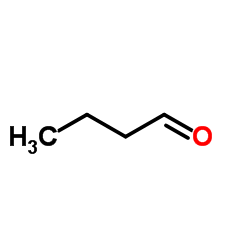 CAS#:123-72-8
CAS#:123-72-8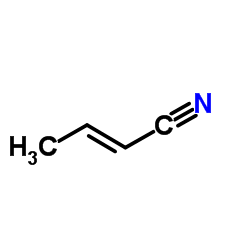 CAS#:4786-20-3
CAS#:4786-20-3 CAS#:5332-06-9
CAS#:5332-06-9 CAS#:109-75-1
CAS#:109-75-1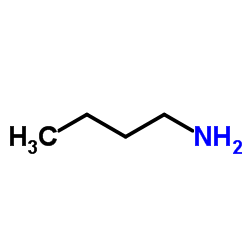 CAS#:109-73-9
CAS#:109-73-9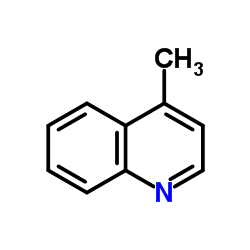 CAS#:491-35-0
CAS#:491-35-0 CAS#:5775-75-7
CAS#:5775-75-7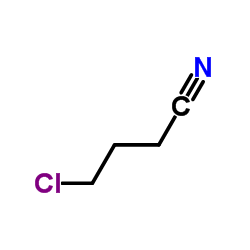 CAS#:628-20-6
CAS#:628-20-6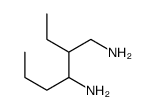 CAS#:10157-78-5
CAS#:10157-78-5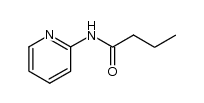 CAS#:13606-95-6
CAS#:13606-95-6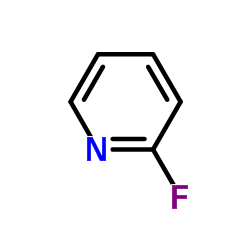 CAS#:372-48-5
CAS#:372-48-5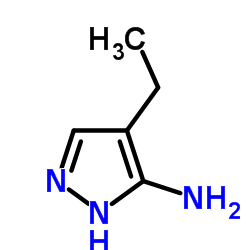 CAS#:43024-15-3
CAS#:43024-15-3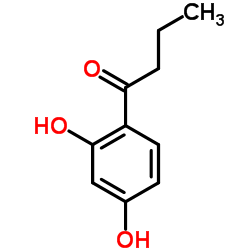 CAS#:4390-92-5
CAS#:4390-92-5 CAS#:3249-68-1
CAS#:3249-68-1 CAS#:1509-06-4
CAS#:1509-06-4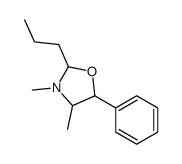 CAS#:143837-25-6
CAS#:143837-25-6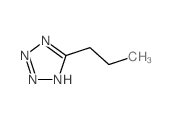 CAS#:14389-13-0
CAS#:14389-13-0